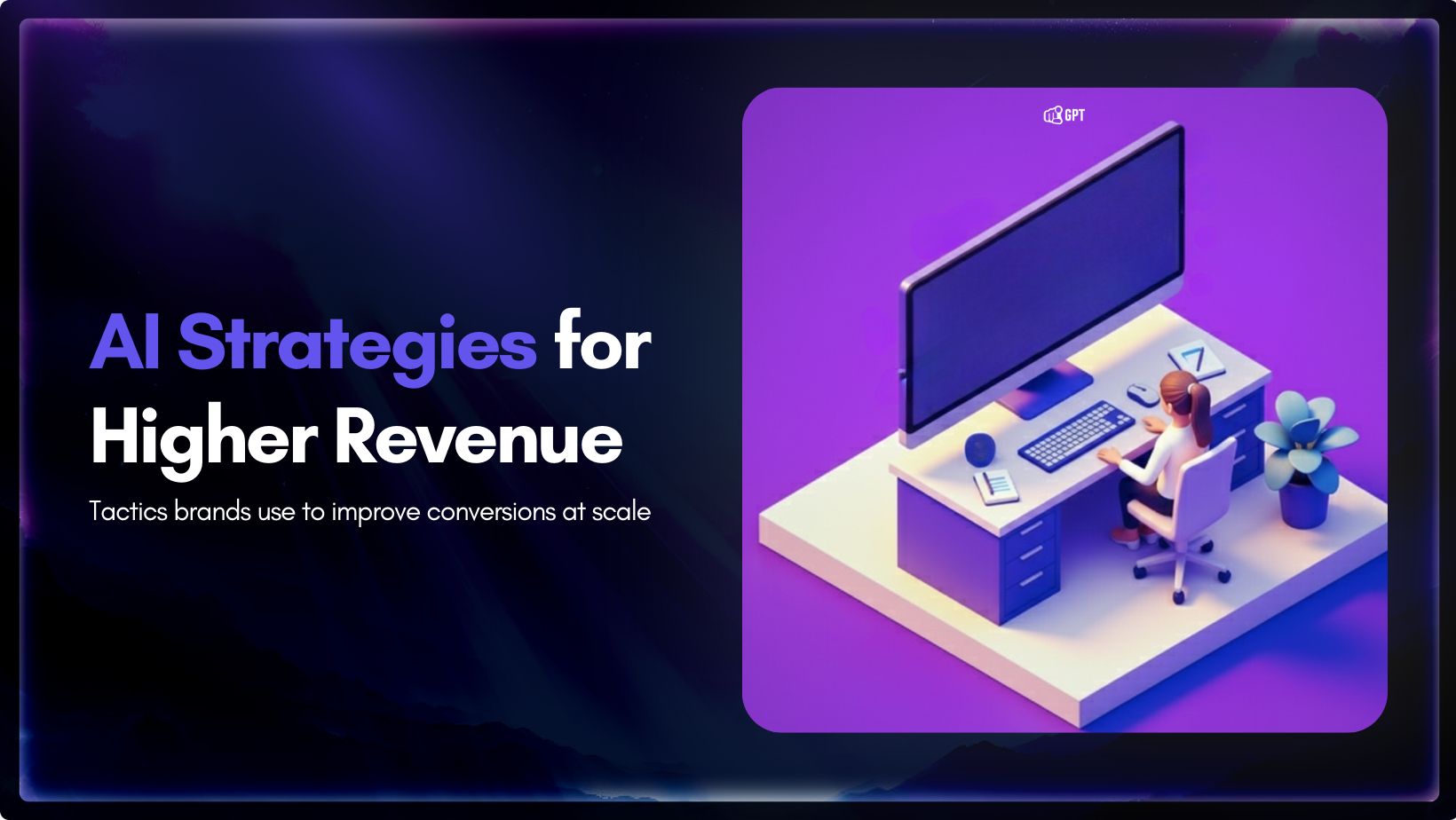AI Hallucinations: Fabricated Responses by LLMs


Artificial Intelligence (AI) has progressed significantly, yet it faces a notable challenge: AI hallucinations. These occur when AI models present inaccurate or entirely false information as factual or reliable. With the increased adoption of LLMs across industries, hallucination has become one of the hottest related phrases. After all, when embedding LLMs into real-life scenarios with real consequences, one of the core requirements is that the model not provide false information. In this blog post, we will discuss AI-generated hallucinations.
Large language models (LLMs) are a type of deep learning algorithm that can perform a variety of natural language processing (NLP) tasks. LLMs use transformer models and are trained using massive datasets, which enables them to recognise, translate, predict, or generate text or other content.
To understand how LLMs work, we must first understand how they represent words. While humans use a sequence of letters for each word, such as D-O-G for “dog,” LLMs use a mathematical structure called a “word vector“, which is a long list of numbers that captures the statistical relationships between the word and other words in the LLM’s training data. While these vectors do not directly represent “meaning” in the same way that humans do, they do allow LLMs to perform various tasks.
LLMs are built on a neural network that was trained using billions of words of ordinary language. The neural network is trained to “predict the next word” and requires huge amounts of text to do this. The details of how LLMs predict the next word are often treated as a deep mystery.

An artificial intelligence (AI) hallucination (also called confabulation or delusion) is when a model produces fabricated or incorrect information and presents it as factual or accurate. These errors can be caused by a number of things, including insufficient training data, faulty assumptions made by the model, biases present in the training data, or limitations in the model’s capacity for logical reasoning.
The goal of AI tools such as ChatGPT is to generate responses that most closely match the user’s input; however, these systems may not be able to cross-reference or validate the accuracy of the information they produce, which means that sometimes they can generate inaccurate or misleading information without the ability to understand factual inconsistencies.
AI hallucinations are situations in which advanced language models—like GPT-4, Claude, or Google PaLM—produce completely made-up content or facts that have no basis in reality. These outputs, though completely fake, are presented with authority and confidence, which raises the possibility of misinformation or false claims.

Hallucinations are commonly classified into two categories:
Prompt: Write a message to mark in five words .
Output: Hello mark, what are you up to these days. Remember our adventures in France (output more than 5 words)
2. Prompt contradiction: This occurs when a response contradicts the prompt
Prompt: Compose a message for Bard.
Output: Dear Grok, we are both share similar.
3. Factual contradiction: fictitious information is presented as if it were factual.
Prompt: List three primary colours.
Output: Red, Green, Purple. (Purple is not a primary colour)
4. Irrelevant or random hallucinations: These are characterised by the creation of random, non-relevant information unrelated to the input or output.
Prompt: Explain the concept of gravity.
Output: Gravity pulls objects downward. The sun shines brightly today.

AI models are trained on large corpuses of data, and they detect patterns in the data to learn how to make predictions. But if the training data is biassed or inadequate, the AI model may learn the wrong patterns, which could cause the AI model to make false predictions or hallucinations.
Some of the key factors behind AI hallucinations are:
Suggested Reading
Understanding and reducing AI hallucinations is essential in the field of Artificial Intelligence, as these fabricated responses pose significant challenges due to factors such as biassed data, faulty assumptions, or context limitations. We shed light on the complexities of these hallucinations by categorising and exemplifying them.
Preventing AI hallucinations requires measures such as using diverse, high-quality data, providing clear prompts, and avoiding overfitting, all of which aim to improve the accuracy of AI-generated responses. It is also critical to define the boundaries and roles of AI systems, resulting in more precise and reliable outputs.
As AI technology advances, managing and minimising these hallucinatory outputs becomes increasingly important. We aim for more accurate and trustworthy AI interactions through effective strategies and an in-depth understanding of AI models, which is essential for responsible AI utilisation in our evolving digital landscape.

Shopify stores often use a chatbot on their website to handle product questions, order updates, and support. But customers also message on WhatsApp expecting the same quick answers. Most of them already use WhatsApp throughout the day, so reaching out there feels natural. A chatbot that works across both channels responds in seconds, guides purchase […]


Most businesses do not struggle to generate leads. They struggle to know which ones are worth acting on. Forms get filled, DMs arrive, emails are opened, and chats happen across multiple tools. Some prospects convert. Most do not. The real problem is that there is no reliable way to tell, early enough, which signals actually […]


Artificial Intelligence has advanced quickly over the past five years, moving from an experiment to a standard component of modern business. AI has become a central part of enterprise strategy. 88% of organizations are now using AI. This figure has increased from 78% the year before. This transformation is reshaping how companies run, communicate, and […]


You invest time writing your website copy. You explain features, pricing, and how everything works. The information is there. Still, some visitors leave without clarity, and small gaps in understanding often stop them from moving forward. This happens because a static page cannot adjust to what they want at that moment. They skim a section, […]


AI agent and live chat each play a different role in customer support, and the choice between them influences how a team handles growth. Companies are moving toward faster support models, and one clear trend is the use of AI to reduce operating costs by up to 30%. The difference shows up when ticket volume […]


You have definitely heard about the use of AI in marketing. But have you ever seen or learned how it can actually drive revenue? Well, firms using AI in marketing and sales report significant benefits. According to a recent study by McKinsey & Company, revenue increases from AI show up most in marketing and sales, […]
